
Aquafit UPVC Pipes are manufactured in accordance with IS:4985 covering a complete range from 20 mm to 400 mm. They are available in pressure rating 2.5 Kg/cm2, 4 Kg/cm2, 6 Kg/cm2, 8 Kg/cm2, 10 Kg/cm2, 12.5 Kg/cm2 & 16 Kg/cm2 as defined in IS:4985. The pipes are provided with plain socket and suitable for solvent cement jointing. Their main application is in agriculture for water supply, drip irrigation & sprinkler lines etc. as well as for drinking water distribution. However, these can also be used in cable ducting, ventilation pipe lines & slurry lines etc. They are available in light grey colour and nominal length of 6 mtrs.
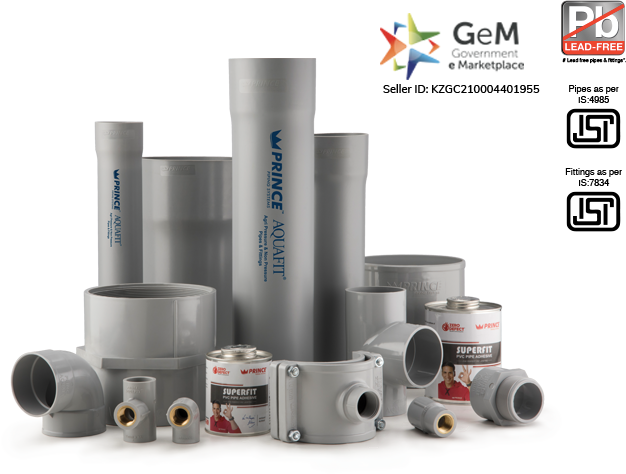

Light weight, easy to transport, store, handle and install. Saves labour

Smooth bore ensures higher flow compared to G.I pipes and fittings of the same size. No clogging. Saves operational cost

Solvent cement joint therefore quick installation

Corrosion resistance, UPVC is rustproof material therefore bore diameter remains constant, ensuring constant flow over a lifetime

Long working life (if operated under normal/ recommended working conditions)
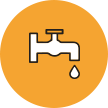
Drinking Water Supply and Distribution

Cable Ducting

Ventilation pipe line

Slurry lines

Irrigation Purpose

Water supply and distribution schemes In agriculture
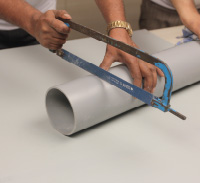

It is imperative to mark the pipe from all sides so that pipe is cut with the help of a Hand Saw. It should be a right angle cut from all the sides. The cut piece should not be with burr on edges.
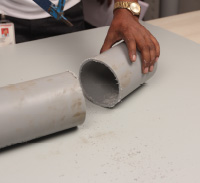

Do not cut slant/unevenly.
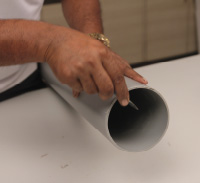

Remove all the burrs and ridges accumulated on the inner as well as the outer edges of the pipe with the help of a deburring knife, file or abrasive paper.
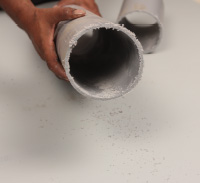

Do not proceed with the installation of pipe without deburring.
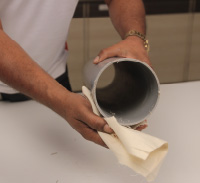

Thoroughly clean the pipe with dry cloth where the solvent cement is going to be applied, to avoid dust, dirt, oil, moisture and other foreign material during the installation process.
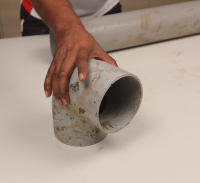

Do not join the pipes without cleaning the pipe ends.
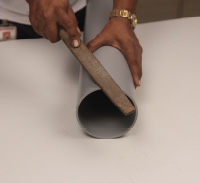

Do not join the pipes without cleaning the pipe ends.

Do not proceed with installation of pipe without chamfering.
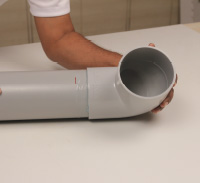

Before applying solvent cement, insert the pipe end into the socket of the next pipe or fitting to check that interference occurs at about 1/3 to 2/3 of the socket depth.

Do not apply solvent cement without dryfit test.
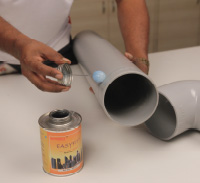

Before applying solvent cement, insert the pipe end into the socket of the next pipe or fitting to check that interference occurs at about 1/3 to 2/3 of the socket depth.
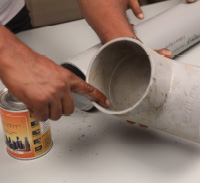

Do not apply excess solvent cement on the pipe and do not use solvent cement by hand.
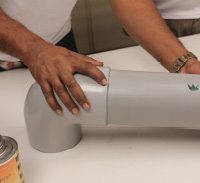

Push the pipe inside the fitting so that it goes inside it equally from all the sides. Wipe off excess solvent cement that comes out from all the edges. Hold the joint for to 2 minutes so that the jointing is perfect.

Do not use a hammer or half push the pipe.

a) Pipe line should be installed in proper alignment and along with necessary clamps. b) Pressure testing to be done before concealing work. c) Pressure testing may be carried out after a curing period of 24 hrs.

a) Avoid loose joints and misalignments. b) Pressure testing should not be done before 24 hrs of curing.